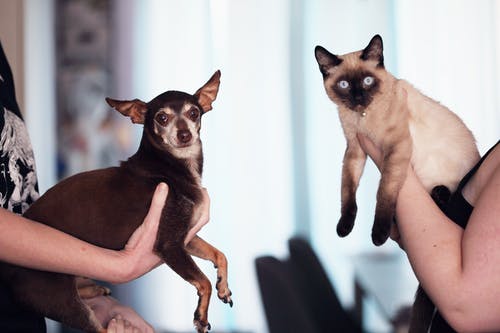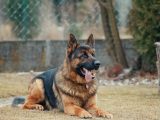
Important Things to Know About a Dog’s Worn-Down Teeth
October 5, 2022Just like human teeth, dog teeth can also become worn down. Dogs’ teeth may wear out quickly, especially those who enjoy chewing.
As dogs mature, some tooth wear is anticipated and usual. However, significant tooth wear may result in discomfort and dental issues. Early detection of tooth deterioration and cooperation with your veterinarian in caring for your dog can help avoid tooth loss.
Friction between the teeth over time typically leads to tooth wear. The teeth may deteriorate more quickly with frequent chewing. Additionally, some materials may hasten the aging process.
Worn-Down Canine Teeth
The loss of tooth material, which frequently happens due to mechanical wear, may cause a dog’s teeth to be worn down to the gum line. To more accurately assess the issue, affected canines should visit the veterinarian for a dental checkup and x-rays. Recognizing the root cause of a dog’s worn-down teeth is also critical to preventing more dental harm in the future.
Signs and Symptoms
Brown patches or a dark overall appearance are two signs that teeth are worn. They frequently have an uneven or flattened end. Sometimes, the gum line may be reached by worn-down teeth.
While taking care of your dog’s teeth, you could see symptoms of wear. You could also see that your dog avoids chewing in some mouth sections because those areas are sensitive. It is recommended to know the signs and symptoms, including a decreased appetite, odd eating habits, a refusal to chew on toys or treats, excessive drooling, and pawing at the face or mouth. Look up “Surgery in Grants Pass” for the best results.
Complications
Enamel, the teeth’s tough, white exterior layer, is initially damaged by tooth wear. The teeth become more sensitive to touch and warmth once dentin has been exposed due to tooth wear. The tooth gets exceedingly painful if the pulp is exposed or injured.
Additional dentin is created to harden the afflicted region when a tooth suffers wear damage. The tooth might become unhealthy if the wear is extensive or happens more quickly than new dentin can grow.
Treatment
Call your veterinarian if you spot any abnormalities in the look of your dog’s teeth or any behavioral changes consistent with a hurting mouth. If the tooth wear is minimal, your veterinarian might only need to clean and polish the teeth.
If the damage is severe, your veterinarian could advise having the tooth removed. To avoid needing another anesthesia session, this may typically be done concurrently. Even with substantial deterioration, the tooth could still be preserved in some circumstances. Consult your veterinarian for any teeth problems of your pet.
Prevention
Regularly inspecting your dog’s teeth for issues is a competent practice. The sooner you identify wear indicators, the greater your chances are of slowing them down.
Limiting the items your dog is permitted to chew can stop abrasion-related tooth wear. Tennis balls, water bottles, and other objects that may wear down the teeth should not be given to your dog to chew on.
Attrition-related tooth wear is more difficult to stop. During an oral examination, your veterinarian can spot a malocclusion and perhaps detect early attrition indicators. If the bite is atypical, your veterinarian could have suggestions on how to fix it before further harm is done. Visit a veterinary website like lincolnroadvet.com for more details.




